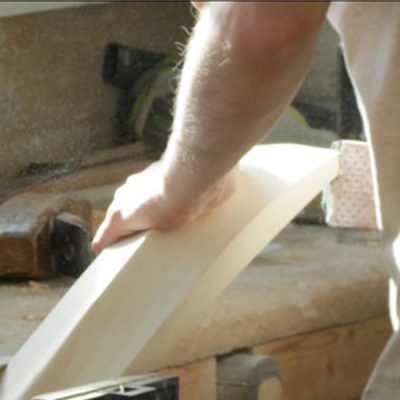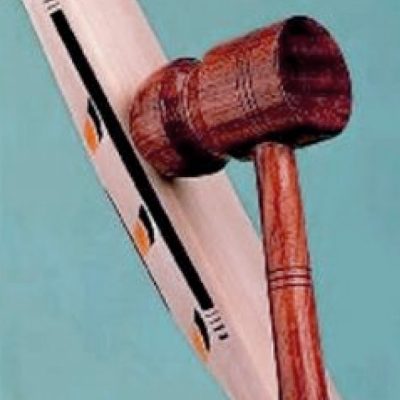🏏 The Kent Cricket Direct Guide to Cricket Bats and Knocking In
Because your bat deserves the same preparation as your game.
When it comes to cricket, your bat is more than a piece of equipment — it’s an extension of your technique, timing, and touch.
At Kent Cricket Direct, we understand that the secret to great batting doesn’t stop at selecting a quality bat — it starts with preparing it properly. That’s why we’ve created this complete guide to help you understand everything from cricket bat willow grades to knocking in, maintenance, and performance care.
(Please note: our professional Knocking In Service can take up to 14 days during busy times of the year.)
⚙️ Understanding Your Cricket Bat
Most modern cricket bats are crafted from English willow (Salix Caerulea or Alba Var) — a soft, fibrous wood that offers the perfect combination of balance, power, and durability. This natural timber is carefully dried, pressed, and shaped to optimize its strength and responsiveness before being finished into a bat.
Because every piece of willow is unique, no two cricket bats are exactly the same. The performance and lifespan of your bat will depend on several factors, including:
The grade and grain of the willow
The knocking in and oiling process
The quality of cricket balls used
The conditions in which it’s played and stored
Over time, all cricket bats will show signs of wear and tear — surface cracks, small dents, and discoloration are perfectly normal. These don’t affect performance and are simply part of the bat’s natural aging process. However, damage caused by misuse (e.g., playing in wet conditions, facing poor-quality balls, or mistimed Yorkers) can shorten your bat’s lifespan.
That’s why proper preparation and maintenance are vital.
🔨 The Importance of Knocking In
Knocking in your cricket bat is one of the most important steps before using it in play.
Even if your new bat is sold as “pre-knocked in”, it still requires additional knocking in to ensure the fibres of the willow are properly compressed and ready to withstand impact from a cricket ball.
🪵 Step-by-Step Guide to Knocking In
Use a specialist bat mallet
Gently strike the face and edges of your bat for approximately 4 hours in total. Focus on glancing blows to round and harden the edges and toe. Never hit the edges, toe, or back of the bat directly, as this can cause damage.
Gradually increase force
Start gently, then increase pressure over time. Minor abrasions or surface marks are normal and show the willow fibres are settling correctly.
Protect your bat
Once knocking in is complete, apply fibre tape to the edges and, if desired, an anti-scuff sheet to the face. This step adds extra protection against cracking and surface wear.
Test your bat
Use an old quality cricket ball for gentle throw-downs or net practice. If seam marks appear, continue knocking in until the surface feels firm and resilient.
Ready for play!
Once your bat passes testing, it’s match-ready. Time to head out and enjoy your new piece of willow craftsmanship.
💡 Pro Tip: Even after preparation, continue to check your bat for signs of dryness or overuse. Proper care ensures lasting performance season after season.
🧴 Caring for Your Cricket Bat
A well-prepared bat deserves proper care. To prolong its lifespan and maintain peak performance, follow these golden rules:
Store your bat at a moderate, constant temperature
Avoid excess moisture or playing in wet conditions
Never use cheap or sub-standard balls
Avoid playing full Yorkers with unnecessary force
Do not over-oil — too much oil can soften the willow
Avoid repeated mishit strokes which can weaken the edges
At Kent Cricket Direct, we also recommend scheduling end-of-season maintenance. Our specialists can re-grip, re-oil, refit toe guards, and apply new anti-scuff sheets — all proven ways to extend your bat’s life and keep it performing like new.
🏆 Ready to Elevate Your Game?
Don’t risk your bat or your innings. Let the professionals prepare and protect your most valuable piece of gear.
Kent Cricket Direct — where preparation meets performance.




